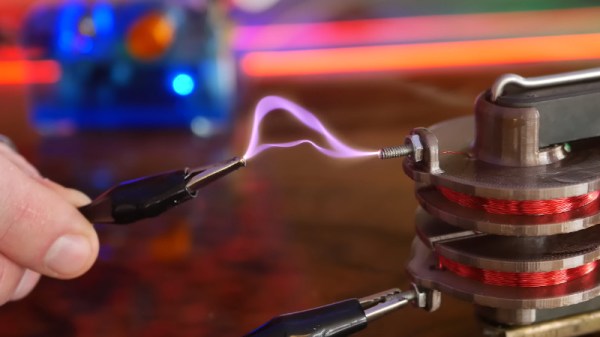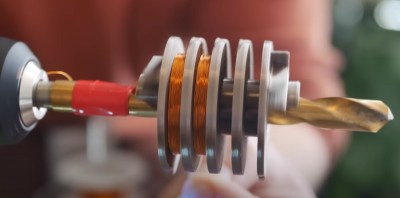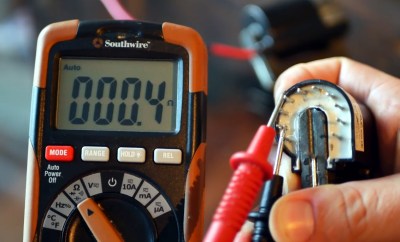A common part used to create a high voltage is a CRT flyback transformer, having been a ubiquitous junk pile component. So many attempts to use them rely on brute force, with power transistors in simple feedback oscillators dropping high currents into hand-wound primaries, so it’s refreshing to see a much more nuanced approach from [Alex Lungu]. His flyback driver board drives the transformer as it’s meant to be used, in flyback mode relying on the sudden collapse of a magnetic field to generate an output voltage pulse rather than simply trying to create as much field as possible. It’s thus far more efficient than all those free running oscillators.
On the PCB is a UC3844 switch mode power supply controller driving the transformer at about 25 kHz through an IGBT. We’d be curious to know how closely the spec of the transformer is tied to the around 15 kHz it would have been run at in a typical TV, and thus what frequency would be the most efficient for it. The result as far as we can see it a stable and adjustable high voltage source with out all the high-current and over heating, something of which we approve.
Need to understand more about free running versus flyback? Read on.























